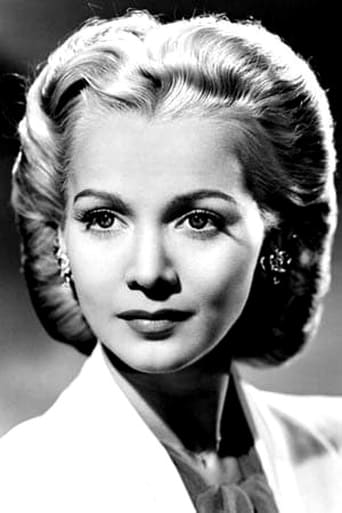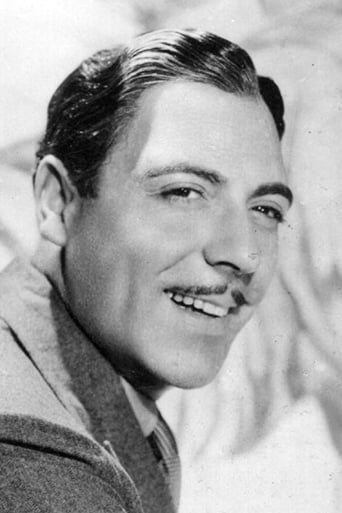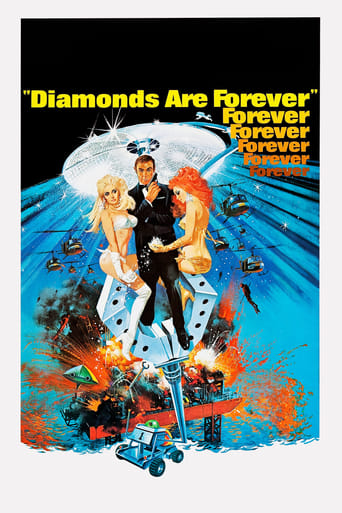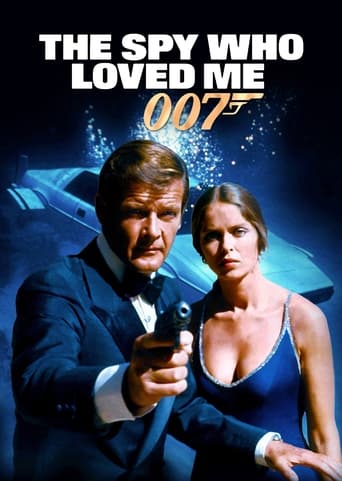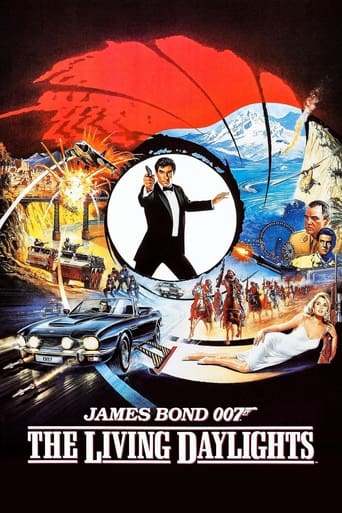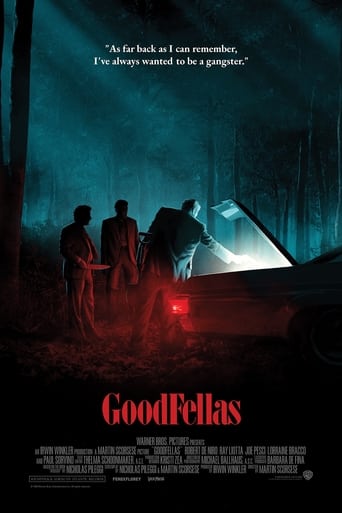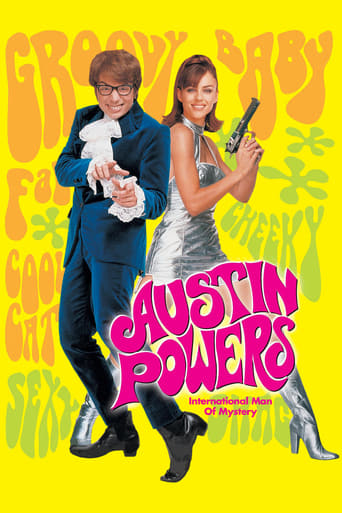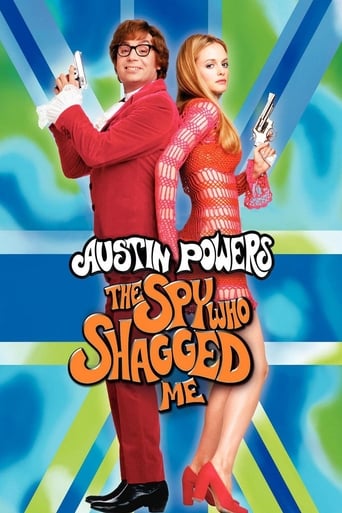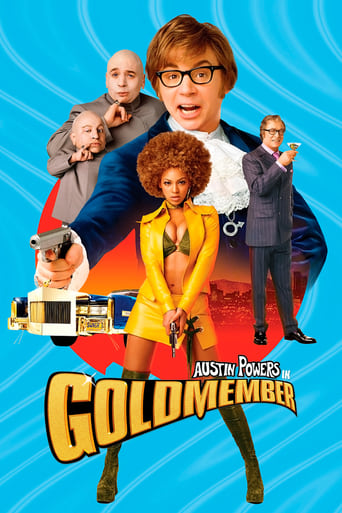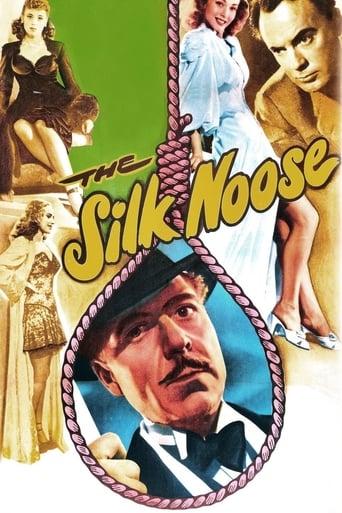
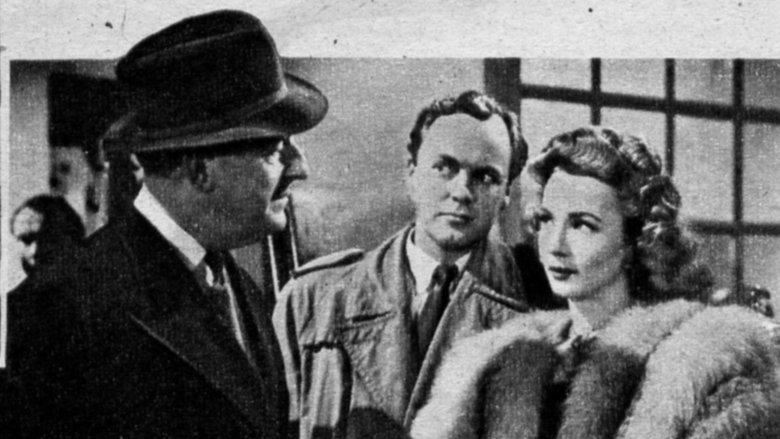
Noose (1948)
Set in post Second World War Britain, Noose is the story of black market racketeers who face attempts to bring them to justice by an American fashion journalist, her ex-army fiancée and a gang of honest toughs from a local gym. When a corpse turns up at black market front The Blue Moon Club, Yank reporter Carole Landis starts snooping, much to gang boss Joseph Calleia’s annoyance. And soon there’s a hit man on the way...
Watch Trailer
Cast
Similar titles
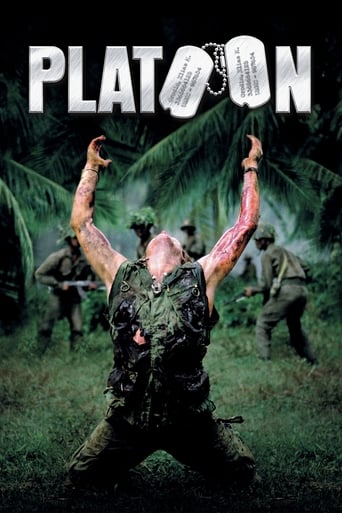
Reviews
If you don't like this, we can't be friends.
Absolutely Fantastic
This is one of the best movies I’ve seen in a very long time. You have to go and see this on the big screen.
An old-fashioned movie made with new-fashioned finesse.
In her next to last film Carole Landis goes across the pond with Joseph Calleia to star in this British production The Silk Noose. Landis plays a Lois Lane type reporter who is doing an expose of the post war English black market. The United Kingdom may have won the war, but the country was still without a lot of basic goods and rationing was still strict by the new Labour government.Try as I might I could not wrap myself around the concept of an Italian running London's black market, especially with regard to the recent war with Italy. Still Calleia as always is one smooth operator who unfortunately has a temper with regard to bad publicity. Which is what Landis plans to give him.Her ally is London cop Derek Farr who was a former commando in the late war. In a rather extralegal maneuver he gets the participation of some of London's boxing clubs as his raiding party. That's something that sure wouldn't fly on this side of the pond. Nigel Patrick is on hand as Calleia's right hand man and Stanley Holloway is a somewhat compromised police inspector. The treatment here is most uneven and what should be atmospheric is somewhat dull.
Note: this is a review for the full-length UK version of this film entitled NOOSE. It is always a pleasure to see a film noir that is not only entertaining, artistically satisfying and a little off-beat, but one that is little heard of. NOOSE, a British film from 1948, has many of the visual and plot elements of the American crime dramas made in the forties, and this one even features, unexpectedly, two American stars, Carole Landis and Joseph Calleia. Landis is a fashion reporter who, after getting a story from a girl who is later murdered, wants to get the goods on the man responsible for her death, a notorious and powerful black marketeer, even when she learns that it will entail personal danger to her. She is supported by her newly demobbed fiancé, who enlists a gang of toughs from the local gym to try to bring down the racketeer's empire. Quite a ride from here. --- The story was based on a play by Richard Llewellyn (noted for HOW GREEN WAS MY VALLEY), but it betrays little of its non-cinematic origins. Director Edmond Greville (a French-English director who began his career working with Abel Gance and ended it with the sleaze classic BEAT GIRL) lends the film considerable artistic flare -- the staging and camera angles will often surprise you; so much so that you sometimes believe you are watching an auteur film. Music is by the great Charles Williams (Dream of Olwen, Theme from the APARTMENT) and adds to the film. The cast is a standout, even though it occasionally seems to work to cross purposes. Carole Landis, who made her last two films in England, was not only an actress, but a singer, USO trouper, and baseball fan (her name came from Commissioner Kennesaw Mountain Landis!). Her career was lamentable spotty and her personal life a disaster, but she was a delight and it is a pity that shortly after this film she supposedly committed suicide (or, as some believe, was done in or something by her married boyfriend Rex Harrison.) Here she is vivacious and gives a performance well beyond that of the usual wise-cracking girl reporter. Derek Farr, always competent, seems bland by comparison and their pairing seems odd -- but the War did produce some odd couples. Joseph Calleia, originally Maltese, was a fixture in Hollywood during the forties and early fifties playing villains in gangster pictures and Westerns. As the kingpin black marketeer of foreign extraction he is simply superb, a performance Edward G. could not have bettered. Rivaling him for film time and stealing all his scenes, though, is Nigel Patrick as the flamboyant Cockney spiv who works for him. Stanley Holloway, known for comedic parts (LAVENDER HILL MOB, MY FAIR LADY) has an unusual dramatic turn as a policeman. --- This film is intriguing and eminently worth seeing, probably more than once, although, on the negative side, it is marred by an unevenness in tone, inconsistent pacing, and editing that disrupts the smooth telling of the story. -- also a few loose ends, such as what was the significance of Carole's character constantly taking her shoes off? Nevertheless, highly recommended for film noir fans!
Being vaguely aware of this obscure British noir, I had acquired it a few years ago from a film buff friend of mine (who also happens to be an award-winning lyricist) following a biography shown on local TV of Maltese film actor Joseph Calleia. It had not occurred to me to include the film in my ongoing Thriller marathon; however, I could not very well leave it out once I read, just a couple of days ago, an article about "Time Out"'s recent "100 Best British Films" in which contributor/French film director Bertrand Tavernier bemoaned there not being enough room in his Top 10 list for, among others, NOOSE! I was under the mistaken impression that the copy I got was of inferior quality which would not best be suited for display on my 40" monitor which is why I watched it on a much smaller screen but, as it turned out, the film did get released on DVD in the UK.Adapted from his own stage play by Welsh writer Richard Llewellyn (best-known for having penned John Ford's 1941 Oscar-laden HOW GREEN WAS MY VALLEY), the film largely escapes its theatrical roots thanks to Greville's admirably Expressionistic direction that should have earned it a much better reputation (even among fans of the genre and film buffs in general) virtually comparable to that nowadays enjoyed by Alberto Cavalcanti's THEY MADE ME A FUGITIVE (1947) and Jules Dassin's similarly Soho-set NIGHT AND THE CITY (1950; with a wrestling back-drop to NOOSE's prizefighting milieu)! Actually, I do think there is a reason for this neglect since, rather than the relentless post-war bleakness and realism associated with this type of film, there is a welcome air of theatricality (in the acting) and light-heartedness (in the comic incidents that crop up intermittently).Carole Landis, who for some reason is forever losing her shoes, is a bit too jovial for a noir heroine; ironically, she would die a suicide later in the year, after completing BRASS MONKEY (1948), another genre effort which I hope to acquire (and include) in my current schedule. Derek Farr, too, is a bland leading man – though, as already mentioned, he manages to organize a boxing outfit into efficient opposition to the gangsters involved. On the other hand, Joseph Calleia has one of his better roles: atypically, he received before-the-title billing for this rare foray to the U.K. (incidentally, at the time, our native country was a British colony) and is constantly breaking into Italian and singing operatic arias; though something of a caricature (especially in those scenes featuring his luscious starlet protégée Carol Van Derman), his is an impressive performance regardless. Despite figuring way down in the cast list, Nigel Patrick is really the protagonist as Calleia's right-hand man: he brings such manic energy to the role that it would not be amiss in a screwball comedy!; in fact, on the strength of this, I managed to get hold of Patrick's intriguing self-directed religious parable JOHNNY NOBODY (1961). Stanley Holloway, then, tackles an unusually serious role as the cop on Calleia's trail, while Hay Petrie gives a memorably chilling portrayal as Calleia's combination of private barber and assassin (actually looking a bit like Claude Rains!).One last thing: I watched this very late at night, believing it to be just 76 minutes long as given on the IMDb: presumably, this duration alludes to the U.S. release print that was re-titled THE SILK NOOSE – being a reference to Petrie's murder 'weapon'; however, the copy I acquired turned out to be the full-length British version running 98 minutes.
American journalist Linda Medbury may be on the staff of a London newspaper to cover the fashion column but this is not going to stop her covering other stories that she comes across. However when she gets onto the extensive racket run by Sugiani, nobody can convince her of the plain and simple fate that has come to anyone who has gone toe-to-toe with his operation. So while Linda continues to work to expose Sugiani for who he is, her military boyfriend Captain "Jumbo" Hyde gathers many men as he can from his associates to protect her in place of a police force defeated before they begin by corruption.This summer the BBC delivered a season of British films and, to their credit it was not the usual parade of Dam Busters, Zulu and other Bank Holiday favourites but rather an interesting mix of films that are rarely seen. With 26 votes to its name on this site, it is perhaps fair to say that The Noose was one of these. The style of the film is a bit mixed. At times it appears to be every inch a British version of the American gangster film but then at others it is more of a comedy with cheeky chappy clichés kicking around in the shadows. As a result it doesn't totally hang together and I found myself distracted and my interest broken up by the inconsistent tone.However it is still of interest and does have scenes of value. We do get moments that are easily comparable with the strongest from American noir and we do get amusing characters that remind us where we are but again, these things seem to be working against one another. Gréville's direction is good in regards working with his cinematographer but in terms of solving the issues over the narrative flow, he cannot. Nor can the cast either, and many of them seem to be in different films unfortunately. Landis is enjoyable in the lead she has what the experts would call "spunk" and it brought a bit of spark to the film. Farr is no more than serviceable and sadly the film sags when he is the focus. Calleia is a solid villain but the problem is that he isn't playing it straight and tough and he has an air of flamboyance about him. There is nothing wrong with him in this regard it is just that, within this film it is Nigel Patrick that dominates that sort of area with a wonderfully comic caricature that he works well.An interesting film to see then for its attempts to do what it does within a British context but it is the inability to either hold a consistent tone or blend the different ones successfully that sees it be a lesser film than I would have hoped. I would have liked to be able to praise it on account of it being obscure and thus me looking cool but as it is it is interesting but not all that great.
